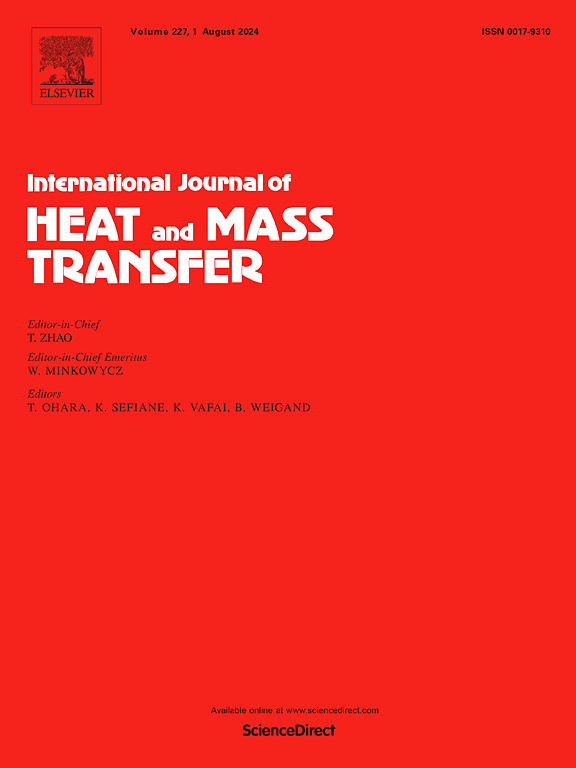高速边界层过渡的SST-γ和SST-γ-νL模型的评价
IF 5.8
2区 工程技术
Q1 ENGINEERING, MECHANICAL
International Journal of Heat and Mass Transfer
Pub Date : 2025-04-04
DOI:10.1016/j.ijheatmasstransfer.2025.127006
引用次数: 0
摘要
层流-湍流过渡的预测是高超声速飞行系统设计的一个关键方面,但目前在生产CFD代码中可用的过渡模型还不能满足这一需求。为了解决这一技术差距,已经提出了许多对现有低速模型的扩展以及新的过渡模型。然而,为了在设计设置中对这些模型有必要的理解和信任,需要进行广泛的验证和确认工作。目前的工作是努力验证这些模型的一部分,并深入了解它们的特征和适用领域。为此,两个最近开发的模型,一个在SST-γ框架内的模型和一个基于SST-γ−νL方程的模型,已经在NASA的OVERFLOW 2.3e求解器中实现。在本文中,这些模型被应用到一组以前没有使用过的测试用例中。这保证了所调查的测试用例都不是用于校准模型的用例集的一部分,并且能够分析比以前对这些模型进行的更广泛的马赫数和自由流扰动特性集。评估表明,SST-γ框架在计算上是稳健的,但在更高马赫数下预测过渡区特性的准确性越来越高。虽然SST-γ−νL框架在数值上是僵硬的,但它始终为本文检查的自由流马赫数小于14的测试用例提供合理的预测。这两种模型的性能都可以通过几种方式增强,下面将对其进行描述。本文章由计算机程序翻译,如有差异,请以英文原文为准。
Evaluation of the SST-γ and SST-γ-νL models for transition in high-speed boundary layers
The prediction of laminar-turbulent transition is a critical aspect of design for hypersonic flight systems, but this need is currently not met by the transition models available in production CFD codes. Many extensions to existing low-speed models as well as new transition models have been suggested to address this technology gap. However, in order to have the necessary understanding and trust in these models to be used in design settings, an extensive verification and validation effort is required. The present work is a part of the effort to validate these models and to develop deeper understanding of their characteristics and their domain of applicability. To that end, two recently-developed models, a model within the SST- framework and a model based on SST- equations, have been implemented in NASA’s OVERFLOW 2.3e solver. In this paper, these models are applied to a suite of test cases that they have not previously been used for. This guarantees that none of the test cases investigated were part of the set of cases used to calibrate the models and enables an analysis of a wider set of Mach number and free-stream disturbance characteristics than has previously been carried out for these models. The assessment demonstrates that the SST- framework is computationally robust, but predicts increasingly inaccurate transition zone characteristics at higher Mach numbers. Although the SST- framework is shown to be numerically stiff, it consistently offers reasonable predictions for the test cases examined herein with freestream Mach numbers less than 14. The performance of both models can be enhanced in several ways, which are described.
求助全文
通过发布文献求助,成功后即可免费获取论文全文。
去求助
来源期刊
CiteScore
10.30
自引率
13.50%
发文量
1319
审稿时长
41 days
期刊介绍:
International Journal of Heat and Mass Transfer is the vehicle for the exchange of basic ideas in heat and mass transfer between research workers and engineers throughout the world. It focuses on both analytical and experimental research, with an emphasis on contributions which increase the basic understanding of transfer processes and their application to engineering problems.
Topics include:
-New methods of measuring and/or correlating transport-property data
-Energy engineering
-Environmental applications of heat and/or mass transfer

 求助内容:
求助内容: 应助结果提醒方式:
应助结果提醒方式:


